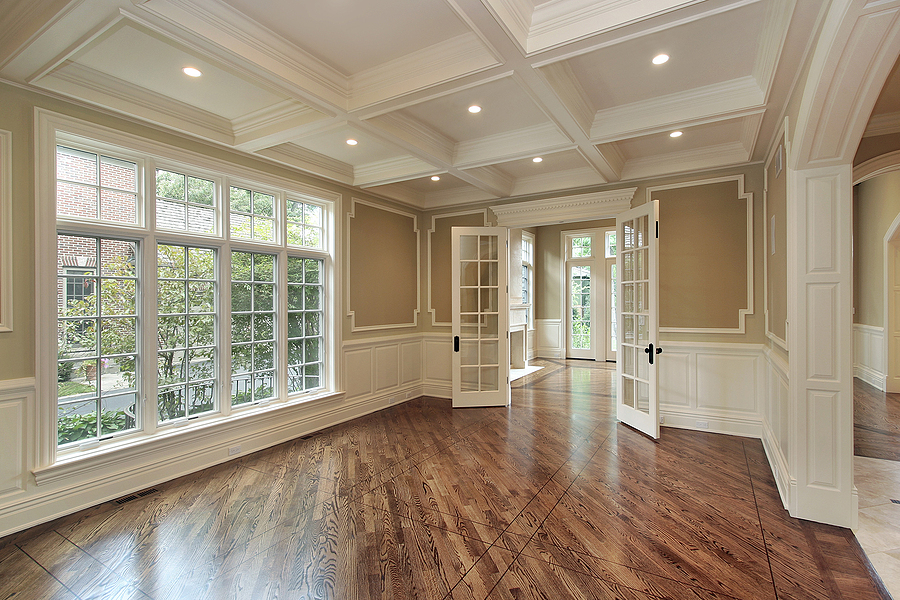
When it comes to window replacement, time is of utmost importance. You will want to extend the life of your existing windows. At the same time, you do not want to get rid of your old windows until they begin to negatively impact your quality of life. As a result, you should be able to identify the warning signs of window rot. Specialists can help you choose new windows that will suit the décor of your home. To aid you in recognizing the source of discomfort in your home, we have compiled a list of signs that indicate you should replace your windows.
Windows start glitching(so to speak)
The majority of old windows have balancing issues, resulting in jams and stickiness. Rust, rotting, or mold development may also be present, indicating that your current windows are nearing the end of their useful life. You may enjoy years of dependable performance with minimal maintenance with our comprehensive variety of new window choices.
Consistently Irritating cold air
If you sense a draught while you are close to your windows, it is a sign that their seals have deteriorated and it is time to replace them. This undermines the thermal stability of your home, putting additional strain on your HVAC system and resulting in increased energy expenditures. You no longer have to be concerned about this issue with our huge assortment of replacement windows in Illinois. Replacing your windows will keep the costly energy inside your home. You can save a lot of energy by keeping the temperature comfortable without placing too much strain on your HVAC system.
Extreme condensation on windows
On very chilly days, you may observe “sweat” on your glass. Condensation can indicate that the glazing on your current windows is losing its effectiveness. Moisture can easily find its way between the glass panes due to weak seals, generating condensation. Condensation is classified into two types: interior and external. Exterior condensation is more common in the warmer months, whereas internal condensation is more common in the winter. Extreme cold outside and excess moisture inside the home are the most common causes of interior condensation. Interior condensation can be reduced by taking certain steps. To avoid this type of problem, we propose investing in new energy-efficient windows.
Audible eternal noise
Do you hear every car horn, dog bark, and other traffic noise from the comfort of your own home? If you are wondering when is the best time to replace your windows, consider that excessive noise is an indication that your windows are not providing enough insulation.
Window frames can decay from water damage
Your windows can be damaged by age and excessive weather. In fact, they may experience enough damage that window repairs are no longer sufficient. Replace your old windows if they have cracks, broken glass, chipping, rotting, mold,, or deterioration to improve the look of your home.
High bills
Do you get a chill when you sit right next to the windows in the dining room? Small fractures and leaks will appear between the frames of your old single-pane windows as they age. To reduce draughts in your home, replace your windows if the airtight seal between the glass panes and frames fails. The little holes and cracks between the glass panes allow cold air to enter your home. As a result, the total amount of your monthly electricity bill will climb.
Terrible storms
If you are aware of the destructive effects of wind and moisture on your windows. Cracks in your glass panes and windows can emerge as a result of high windows. Furthermore, after a violent storm, it is not uncommon for vinyl cladding to become scraped and damaged. If you are considering installing new windows, you should look for windows made of sturdy extruded aluminum or fiberglass that are built to withstand extreme weather.
